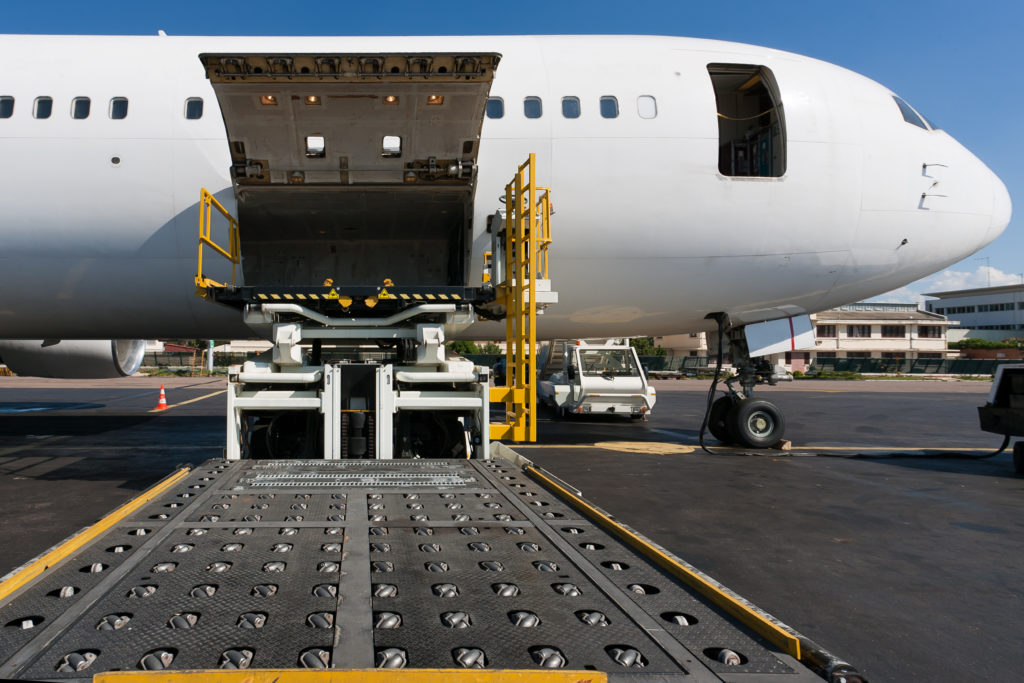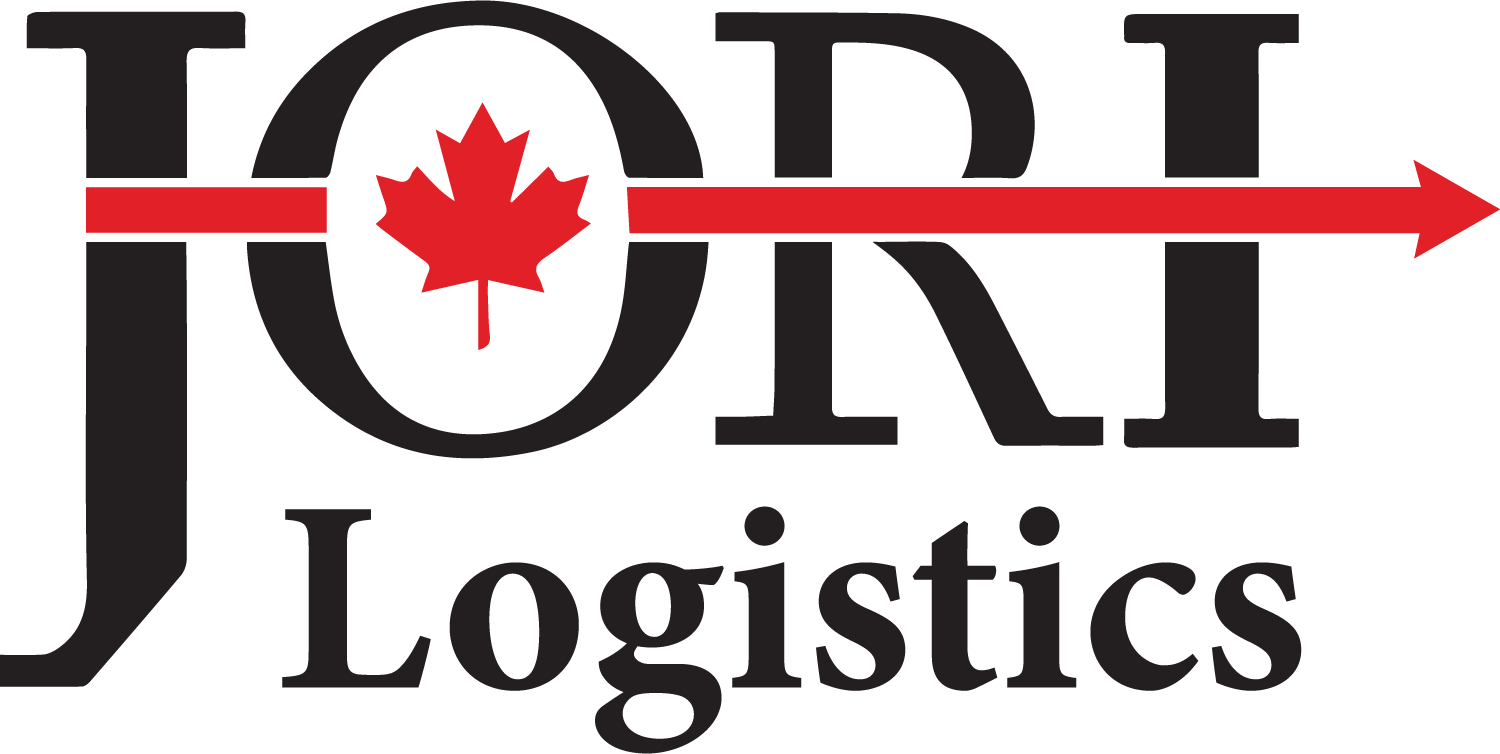Here at JORI Logistics, we exist to provide local businesses high leverage in the competitive global market.
The logistics behind international trade may not excite most people; however, if you are looking to gain a competitive advantage over the Canadian Import/Export market it’s a conversation that needs to be had.
We’ve designed a simple 8 Step Logistics Plan to provide you with basic import understanding that will help provide you with a competitive advantage in a competitive global market. By putting in 20% more work than your competitors, you can gain an 80% advantage. Let’s go!
1. Understand Duties and Taxes
Three things determine a customs duty rate: the country of origin, the items value, and the HS Code. All of this information can be found online, but it isn’t always easy to find. There are thousands of HS Codes and you need to ensure you have the correct one. One inaccurate labeling of an item can cause major customs compliance issues, so you must ensure each commodity is assigned its correct HS Code. Having an understanding of Canada’s trade agreements and finding the lowest duty rate/taxes can also save you a lot of money. Finding suppliers from countries with free trade agreements is one of the many ways you can utilize international trade agreements to save money.
2. Permits, Licenses, and other Red Tape
Some goods require special permits or licenses to import into Canada. Without the proper clearance you risk losing your shipment and having to pay massive fines on top of it. One of the first things you need to do is make sure that your items are even allowed entry into Canada.
3. Labelling and Marking
Depending on your item, you will need to ensure that you are following any stipulations regarding consumer packaging and labelling regulations. There are different rules for food and non-food related items. All of this information can be accessed online.
4. Getting your import number/Tax ID
An importer needs to apply for an Importer Number or Tax ID. It is detrimental that you do not wait until the 11th hour to do this. Having this information beforehand will make the rest of the process smooth sailing.
5. Establish a record history with Customs
Now we aren’t saying you need to be best friends, but as you start and continue importing, things will get easier. Having a clean and compliant record history will be beneficial for you and your pockets in the long run. JORI helps bridge the gap between the Canadian Importer and the CBSA.
6. Understand your shipping Incoterm
Incoterms are the shorthand agreements between buyers & sellers and is absolutely necessary when importing. It gives more info on where the transfer point of responsibility is and establishes a clear set of rules between buyer and supplier. When you gain familiarity with Incoterms you already have an advantage over your competitors. Incoterms are not immediately defined in contracts and must be specifically included. Cost is a big factor that goes into deciding what Incoterm is to be used. So many people allow their suppliers to handle it all and end up spending way more money. Sign up for one of our in-depth courses on JORI University or visit our Events page for upcoming webinars.

7. Pick your mode of transportation
There are many different ways to get your shipment where you want it – courier, cargo, air, freight, LCL, and the list goes on. When designing your product, keep shipping in mind. JORI comes up with pricing dependant on weight, dimensions, commodity, Incoterm etc. There are many factors that come into play during this stage, but our goal remains the same, to save you money and gain your repeat business. JORI helps clients find an effective and cheap shipping solution.
8. Create a customs compliance plan
JORI is a vehicle for customs clearance. We are a broker who cares enough to ensure our clients are following long term compliance protocols. Customs compliance issues are usually caused by incorrect HS Codes, country of origin, and valuation. This is why one of the most important things to do is determine the correct HS Code for your shipment. The country of origin is where the product was manufactured NOT where it was shipped from. In the unfortunate and avoidable occurrence of incorrectly completing an entry, you have 90 days to correct. Otherwise penalty fees can cost you thousands of dollars. Customs brokers are not responsible for compliance issues but by working with a business that cares, you are already at an advantage.
There are many factors that go into successful international trade, so JORI offers current and prospective clients bootcamps to help gain a better understanding of international trade. Our Exporting 101 Bootcamps and Importing 101 Bootcamps are designed to be a relaxed conversation that gives you more insight into our world. If you have any questions or inquires, we advise you to contact your JORI Representative today, and we will be happy to assist you with your Importing and Exporting needs.
